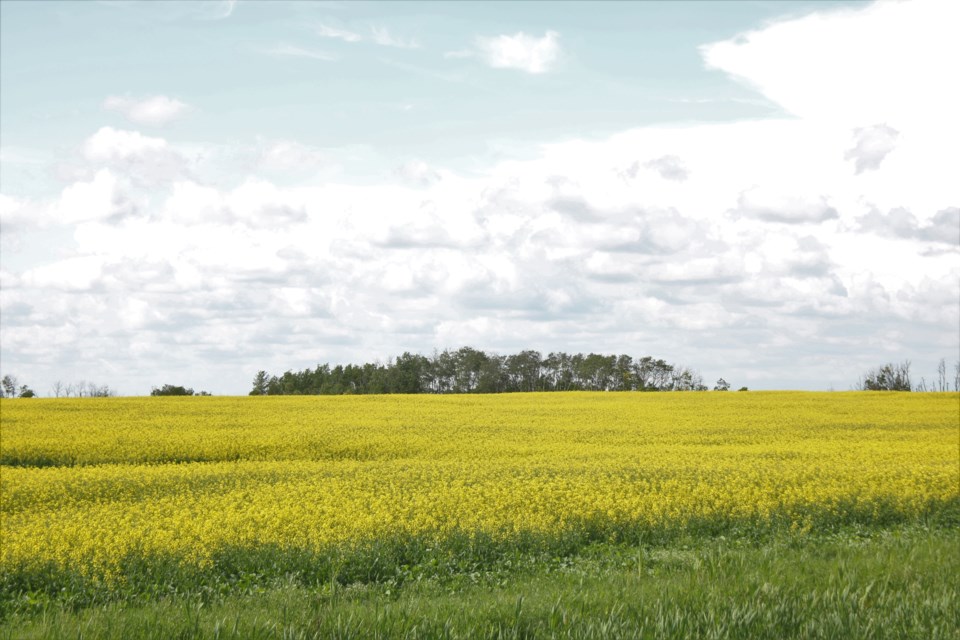YORKTON - It is the nature of business that when something is doing well everybody tends to jump in and eventually the market saturates and the good times level off to something where tighter margins are the rule.
That is particularly true in the business of farming.
When the prices of a particular crop move higher it sends a signal that there is more demand than easily captured supply.
So naturally farmers move to supply that demand by increasing production.
Really, it’s about as straight forward an example of supply and demand economics at work as there is.
So it doesn’t take a lot of economics’ understanding to expect that there is significant interest in growing canola these days.
Through the years since its development canola has often been referred to as ‘The Cinderella Crop’ and the last couple of years the glass slipper has been shining more brightly than ever.
While the input costs on a canola crop are high, which heightens risk if something like lack of moisture pops up to reduce yields, the cash returns have been too large not to grow canola in most crop rotations – at least in areas where the crop can be grown successfully.
In Canada producers planted 21 million acres of the oilseed in 2022, and the Canola Council has been pushing to see production increase setting a goal of an average yield of 52 bu/ac to meet global market by 2025.
At present if more canola has been ‘wanted’ by world markets, Canada has been the driving force in upping supplies to meet the added demand, since this country is the primary growing region for canola.
For comparison Australian farmers planted about nine million acres in 2022, and growers in the U.S. harvested 2.2 million acres of canola last year.
But when prices are high and demand still appearing to have room to grow, it’s not only Canada where there are hopes to boost production.
A recent media report at noted, “Corteva Agriscience, Bunge and Chevron U.S.A. Inc. have announced a collaboration to produce winter canola in the southern United States.
“Corteva believes there is potential to grow up to 10 million acres in that region within seven to nine years.”
That is the sort of report that could be a game-changer in terms of canola production, and Canada’s place in it.
Since its creation about 50 years ago, Canada has driven the canola bus, and that has generally been of good benefit to Canadian growers and has led to significant industry infrastructure supporting Prairie economies.
But what happens ‘when’ – not ‘if;’ as research tends to succeed more often than not in the area of farm crops – the U.S. becomes a huge canola producer too?
The supply will take a huge jump and unless demand grows too, the glass slipper might have a crack or two starting to show.





